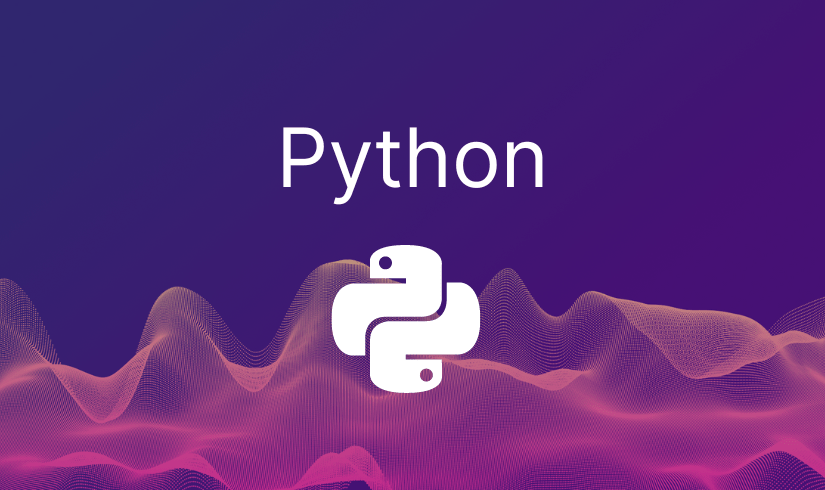Machine Learning: A Practical Guide for Aspiring Data Scientists
Natural Language Processing (NLP)
Natural Language Processing (NLP) is a subfield of Artificial Intelligence (AI) that focuses on enabling machines to understand, interpret, and generate human language. NLP techniques are used in various applications, such as language translation, sentiment analysis, chatbots, and speech recognition.
Tokenization
Tokenization is the process of breaking a text into individual units, or tokens, such as words or phrases. Tokenization is a fundamental step in NLP because it helps convert unstructured text data into a format that can be processed and analyzed by machine learning algorithms.
Let’s see how to perform tokenization in Python using the Natural Language Toolkit (NLTK) library:
# Importing the required libraries
import nltk
nltk.download('punkt')
from nltk.tokenize import word_tokenize
# Sample text
text = "Natural Language Processing (NLP) is a subfield of Artificial Intelligence (AI) that focuses on enabling machines to understand, interpret, and generate human language."
# Tokenization
tokens = word_tokenize(text)
print(tokens)
In the code above, we use the NLTK library to perform tokenization. The ‘word_tokenize’ function splits the input text into individual words and punctuation marks, which are referred to as tokens. The resulting tokens are printed as a list.
Stop Word Removal
In NLP, stop words are common words that do not carry significant meaning and are often removed to reduce noise in the text data. Examples of stop words include “the,” “is,” “a,” “and,” etc. Removing stop words can improve the efficiency and effectiveness of NLP algorithms.
Let’s see how to remove stop words in Python using NLTK:
# Importing the required libraries
import nltk
nltk.download('stopwords')
from nltk.corpus import stopwords
from nltk.tokenize import word_tokenize
# Sample text
text = "Natural Language Processing (NLP) is a subfield of Artificial Intelligence (AI) that focuses on enabling machines to understand, interpret, and generate human language."
# Tokenization
tokens = word_tokenize(text)
# Removing stop words
stop_words = set(stopwords.words('english'))
filtered_tokens = [token for token in tokens if token.lower() not in stop_words]
print(filtered_tokens)
In the code above, we first perform tokenization using the ‘word_tokenize’ function. We then use NLTK’s ‘stopwords’ corpus to get a set of English stop words. Finally, we filter out the stop words from the tokenized text, and the resulting list contains only the meaningful words.


